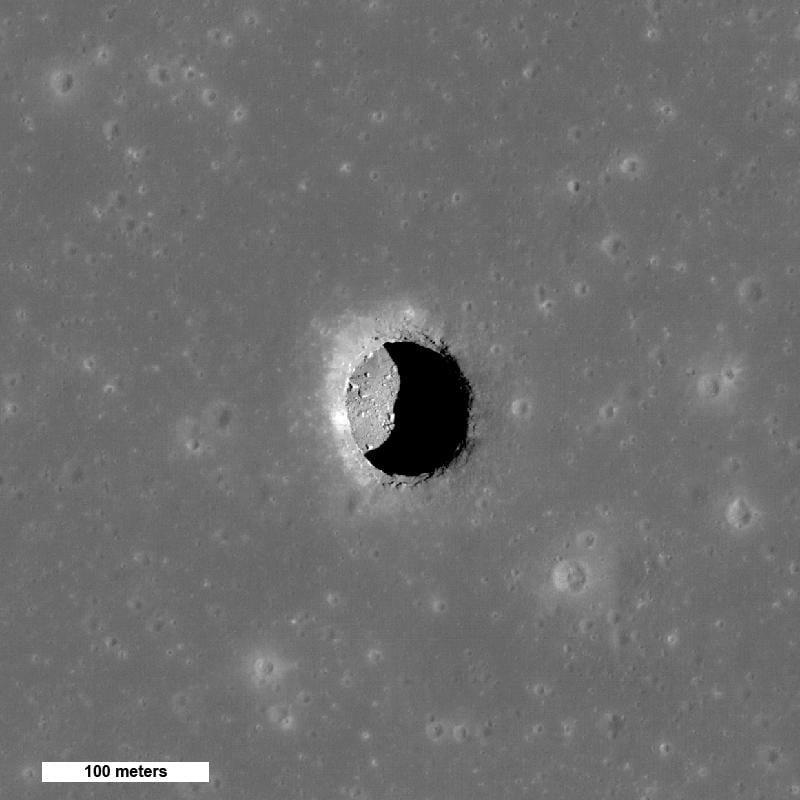
Thanks to the Apollo missions and countless robotic explorers, our understanding of the physical conditions, composition, and geological history of the Moon has advanced considerably. For example, analysis of lunar rocks, regolith, and seismic measurements of the Moon’s interior structure led to the theory that the Earth and Moon formed roughly 4.5 billion years ago. Since the turn of the century, missions have also revealed that there is water on the Moon, most of which consists of ice in Permanently Shadowed Regions (PSRs) around the poles.
To learn more about the Moon and ensure long-term habitability, missions that can explore the subsurface are needed. That is the recommendation a team of researchers made in a recent study, which explores the possibility of using a robot—Persistent Lunar Exploration with Autonomous SubsurfacE Robots (PLEASER)—to accomplish these tasks. These missions would be able to explore one of the most promising environments for future lunar bases and habitats while also revealing more about the Moon’s formation, evolution, and properties.
The research was conducted by Adrian Stoica, Jared Long-Fox, and Brian Wilcox. While Stoica and Wilcox are researchers with LunaSol Space LLC and the California-based biofuels company Marine Bioenergy Inc. (respectively), Long-Fox is a Planetary Exploration Research Scientist with the Center for Lunar & Asteroid Surface Studies (CLASS) at the University of Central Florida (UCF) and a NASA Space Technology Graduate Research Opportunities (NSTGRO) Fellow.
Subsurface lava tubes and recesses on the Moon have become a major focal point in recent years. Based on data obtained by multiple orbiters, landers, and rovers, scientists have learned that these features—common to Earth—are significantly larger on the Moon. On Earth, lava tubes do not exceed 30 meters (100 ft) in diameter. But owing to the Moon’s lower gravity, scientists have estimated that these features could measure 385 m (1,260 ft) or more in diameter.
Like lava tubes on Earth, some lunar tubes are accessible thanks to collapsed sections known as “skylights.” As part of their long-term visions for lunar exploration and development, NASA and other space agencies (notably China) are considering establishing habitats in these tubes to take advantage of the protection they offer. These include warmer temperatures (~20° C, 70° F) and natural shielding from extreme temperature variations, the vacuum of space, and micrometeoroids.
To accomplish this and learn more about the Moon’s properties, composition, and geological history, NASA and other space agencies need dedicated missions to explore these features. As Long-Fox told Universe Today via email, their concept for a subsurface robot would enable all of this by being able to interact with both the surface and subsurface regolith directly:
Content retrieved from: https://www.universetoday.com/articles/exploring-the-moon-with-subsurface-robots.






